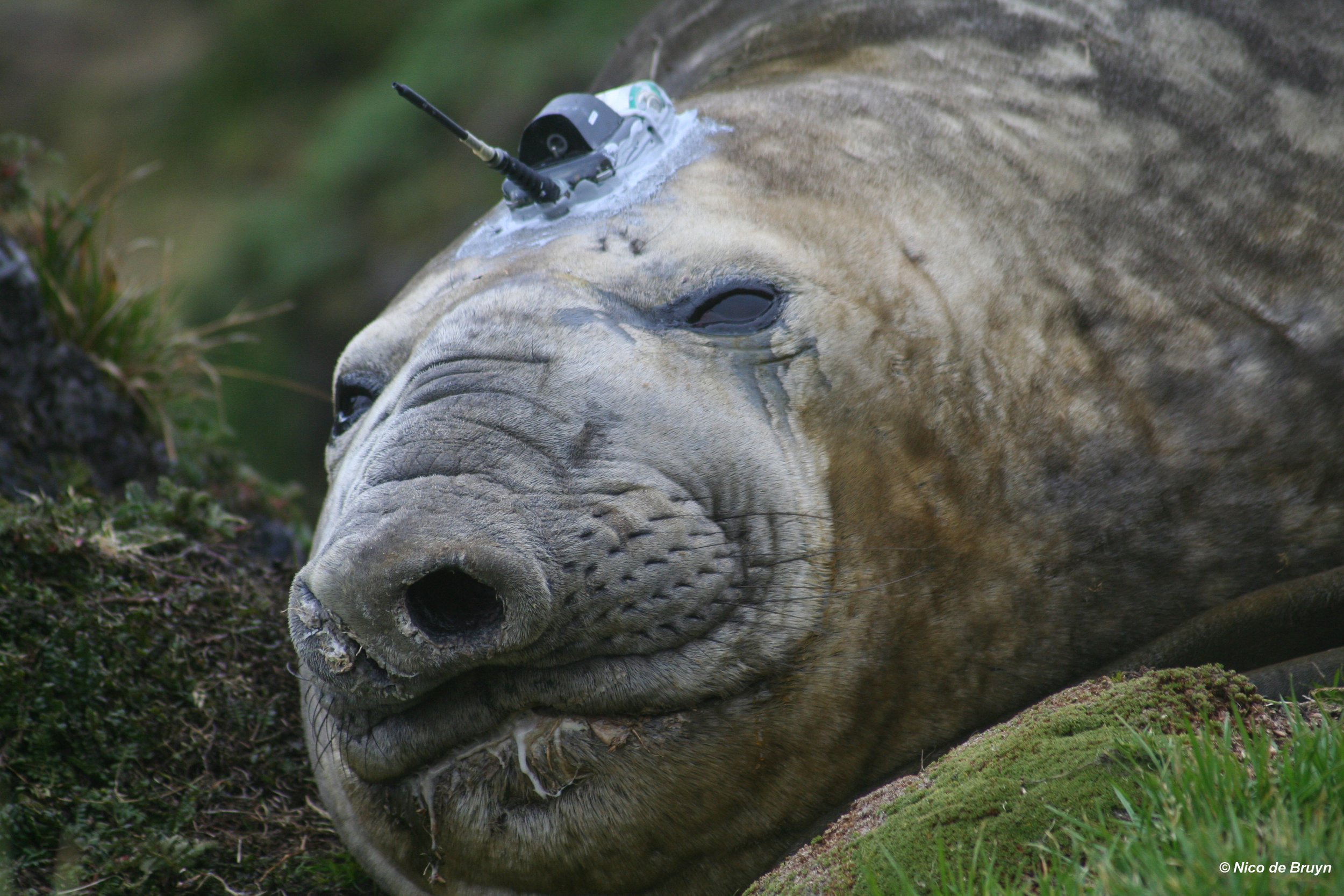New study published on habitat importance for multiple marine predators
/Fig 1 taken from Reisinger et al (2017) Diversity and Distributions, showing the tracks of 14 species of marine vertebrate predator over a decade.
The distribution of marine predators is driven by the distribution and abundance of their prey; areas preferred by multiple marine predator species should therefore indicate areas of ecological significance. Research collaborator (and past student) of the MIMMP, Dr Ryan Reisinger along with a multinational research team used tracking data from 538 tag deployments on 14 species of marine predators from the Subantarctic Prince Edward islands to identify important habitat. Tracks were modelled as a response to 17 relevant environmental factors to identify such important habitat. The study, recently published in the journal Diversity and Distributions , helps to form the basis of future efforts to predict the consequences of environmental change.
Tracking locations covered 39.75 million km2, up to 7,813 km from the Prince Edward Islands. Areas of high importance were located broadly from the Subtropical Zone to the Polar Frontal Zone in summer and from the Subantarctic to Antarctic Zones in winter. Such areas of importance were best predicted by factors including wind speed, sea surface temperature, water depth and ocean current speed.
To read the full story go to: http://onlinelibrary.wiley.com/doi/10.1111/ddi.12702/full




















